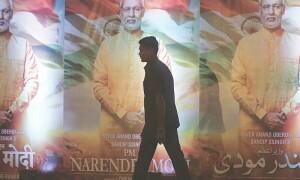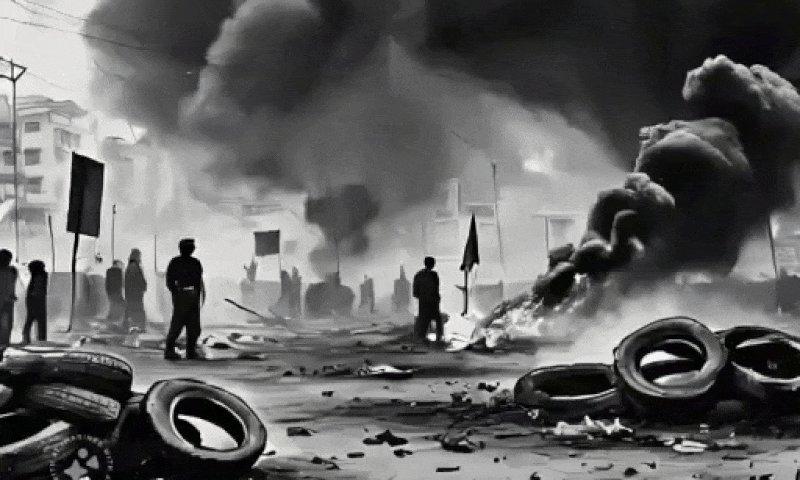MICHEL Boivin is no stranger to Karachi or the rest of Sindh. The French scholar's love affair with this region began more than a decade ago and over the past few years, he has made several trips to Sindh. He was recently in Karachi to launch Sindh Through History and Representations French Contributions to Sindhi Studies, a collection of nine essays authored by French academics he has edited.
Dr Boivin sat down with Dawn after the launch for a brief chat about his fascination with Sindh and its culture.
At university he read modern history, Arabic and Islamic studies and Persian literature and Civilization and defended his PhD thesis at the University of Paris III-Sorbonne Nouvelle. The author of several books and papers on the modern history of the Sindhi-speaking area (including Kutch), he has focussed mainly on the impact British col
onialism has had on Sindh, as well as the impact of partition on the region. Currently teaching at the University of Savoie (Chambery), his upcoming book is titled Interpreting the Sindhi World Essays on Society and History.
When asked what inspired him to study Sindh, he said his journey to the land of the Indus began in the Arab world.
“As a student I studied history. I was interested in Muslim civilization. I began with the Visitors' Log
Arab world, moved on to Iran and made my way to the Indus Valley and Sindh. I came to live in Karachi around 10 to 12 years ago. I spent a year here with my family. I did a lot of tours inside Sindh. I was fascinated by Sindhi culture. It has a very rich history.”
He claimed that interest among European scholars in Sindh is quite high.
“Last year I launched a study group on Sindh in the University of Paris and now, the programme we have focusing on Sehwan Sharif is the result,” he said, referring to a current project where a long-term study of Sehwan is being planned. “To give you another example, next year in June at the University of Paris a PhD student will defend a thesis on Sehwan Sharif, especially the archaeology of Sehwan.”
When asked why he was focussing on Sehwan, Dr Boivin said it was because of the large amount of work already done in the area by French scholars.
“Before me a French archaeologist, Professor Dr Monik Kervran, did a lot of work on the Purana Qila or Alexander's Fort in Sehwan. She did a lot of excavations in 2002. She asked me to join her because I was already working on Sufism in Sindh and she asked me if I wanted to do a study on Lal Shahbaz (Qalandar). That is why I came to Sehwan. Afterwards, I went to other French scholars and asked if they wanted to do research programme with me.”—QAM













































Dear visitor, the comments section is undergoing an overhaul and will return soon.